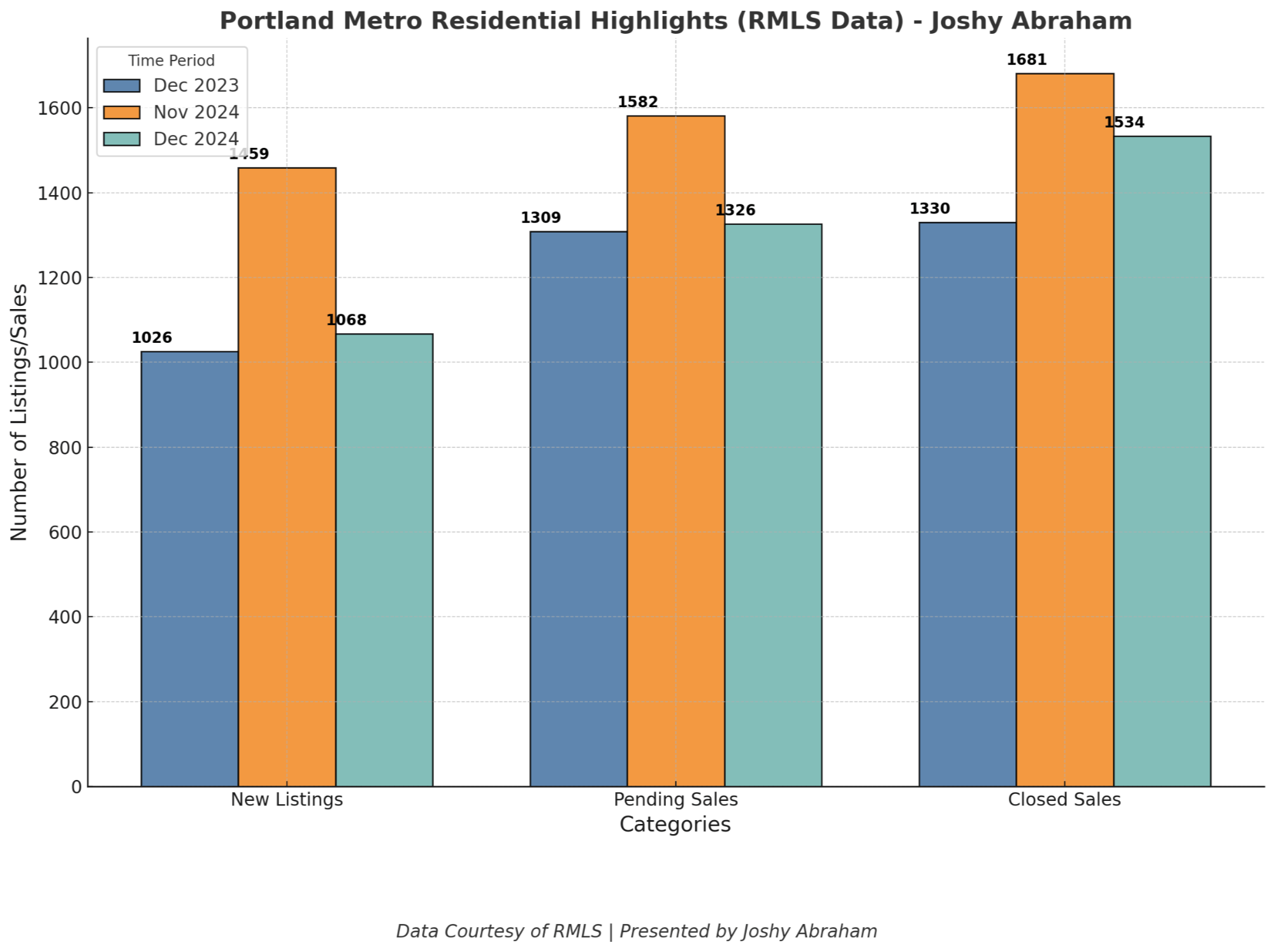Buying a home is one of the most significant investments you'll ever make, and touring homes is a crucial part of the process. While it’s easy to be swept away by a beautifully staged property or a prime location, it's essential to keep an eye out for potential red flags that could indicate underlying issues. Here are seven red flags to watch out for when touring homes—#3 might surprise you!
1. Odd Smells
Unpleasant odors can be more than just an annoyance; they might indicate serious issues such as mold, mildew, or even sewage problems. Pay attention to any strange smells as you tour the home, especially in basements, bathrooms, and kitchens. An overpowering use of air fresheners could be a sign that the seller is trying to mask something unpleasant.
2. Cracks in the Foundation or Walls
While small, hairline cracks are often normal, larger or stair-step cracks could indicate foundation issues. These problems can be expensive to fix and may lead to further structural damage. Be particularly cautious if you notice cracks around doorways, windows, or along the foundation.
3. DIY Repairs
DIY repairs can be a double-edged sword. While some are done well, others can be poorly executed and lead to bigger problems down the line. Watch for signs of amateur work, such as uneven tiling, mismatched paint, or visible wiring. These could be indicators that the previous owner cut corners on maintenance or renovations, potentially leading to safety hazards or costly repairs in the future.
4. Water Damage or Stains
Water stains on ceilings, walls, or floors can be a red flag for plumbing leaks, roof issues, or inadequate drainage. Even if the stain appears dry, it’s crucial to determine if the underlying problem has been resolved. Water damage can lead to mold growth, which poses health risks and can be costly to remediate.
5. Inadequate Ventilation
Proper ventilation is crucial for maintaining air quality and preventing moisture buildup. Look for signs of poor ventilation, such as condensation on windows, mold growth, or a musty odor. Check that bathrooms and kitchens have exhaust fans and that attic spaces are adequately ventilated.
6. Overgrown or Poorly Maintained Landscaping
While a lush garden can be a selling point, overgrown or poorly maintained landscaping may indicate neglect. Overgrown trees and bushes can cause damage to the home’s exterior and roof, while poorly graded lawns can lead to drainage problems. Assess whether the landscape requires significant upkeep or if it poses a risk to the property.
7. Unusually Low Asking Price
An asking price that seems too good to be true might be a sign that something is amiss. It could indicate issues with the property, such as hidden damage, a less desirable location, or legal complications like title issues. Always conduct thorough research and get a professional inspection to uncover any potential problems.
Final Thoughts
When touring homes, it’s essential to stay vigilant and look beyond the surface. By being aware of these red flags, you can make a more informed decision and avoid costly surprises down the road. Remember, a seemingly perfect home can sometimes hide significant issues, so always consider a professional inspection as a crucial step in your home-buying journey.
Buying a home is a big decision, but with the right knowledge and attention to detail, you can find a property that truly meets your needs and expectations. Happy house hunting!










